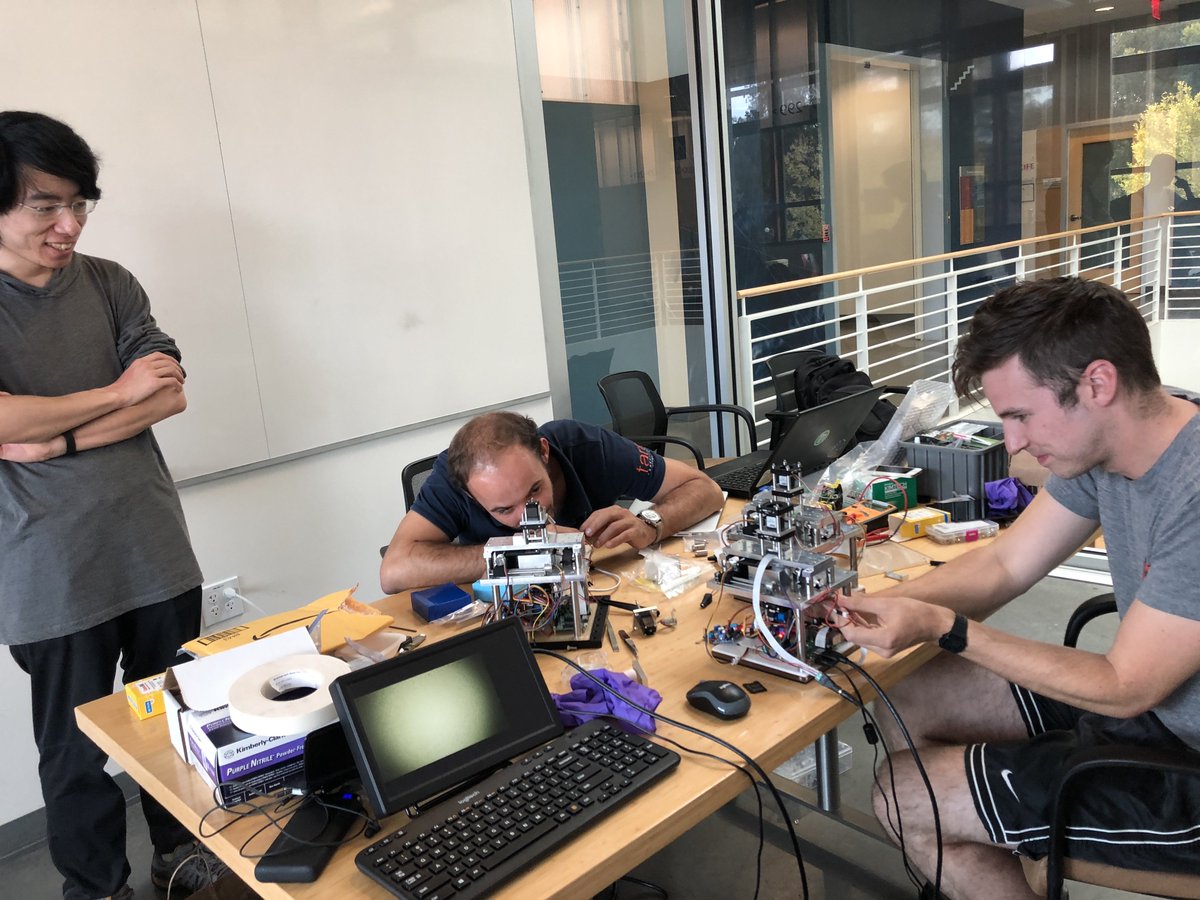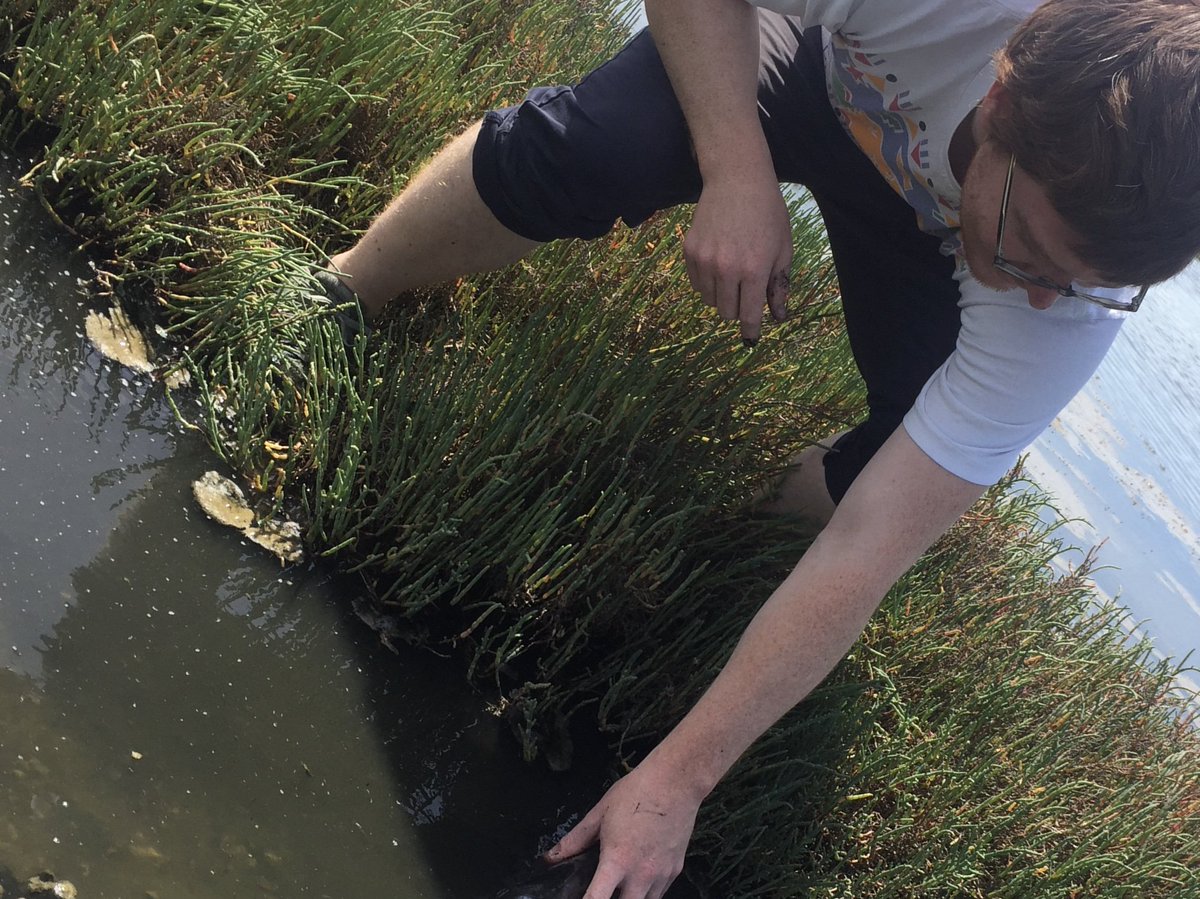
How to get URL link on X (Twitter) App


 Prof Amitabh Mukherjee was a Computer Science/Robotics faculty at IIT Kanpur. I first met him in my first year of undergrad, confused if I wanted to pursue a degree in mechanical eng or computer science. I had good grades (rare for me), I could switch. He knew I loved building..
Prof Amitabh Mukherjee was a Computer Science/Robotics faculty at IIT Kanpur. I first met him in my first year of undergrad, confused if I wanted to pursue a degree in mechanical eng or computer science. I had good grades (rare for me), I could switch. He knew I loved building..

 (2/n) In latest lab preprint - we share an unusual discovery of “topological metamaterial” we found in a giant cell & unique mechanical role for endoplasmic reticulum (ER) + vacuoles entangled together to dissipate energy during ultrafast motility. biorxiv.org/content/10.110…
(2/n) In latest lab preprint - we share an unusual discovery of “topological metamaterial” we found in a giant cell & unique mechanical role for endoplasmic reticulum (ER) + vacuoles entangled together to dissipate energy during ultrafast motility. biorxiv.org/content/10.110…


 (2/n) With an incredibly amazing graduate student in my lab - Matt Storm Bull - we went on a quest that almost lasted 7 years. This is a multi-scale story in 3 parts (arXiv ); subcellular, tissue and organism scale. What an amazing privilege to go on this expedition with you Matt
(2/n) With an incredibly amazing graduate student in my lab - Matt Storm Bull - we went on a quest that almost lasted 7 years. This is a multi-scale story in 3 parts (arXiv ); subcellular, tissue and organism scale. What an amazing privilege to go on this expedition with you Matt 


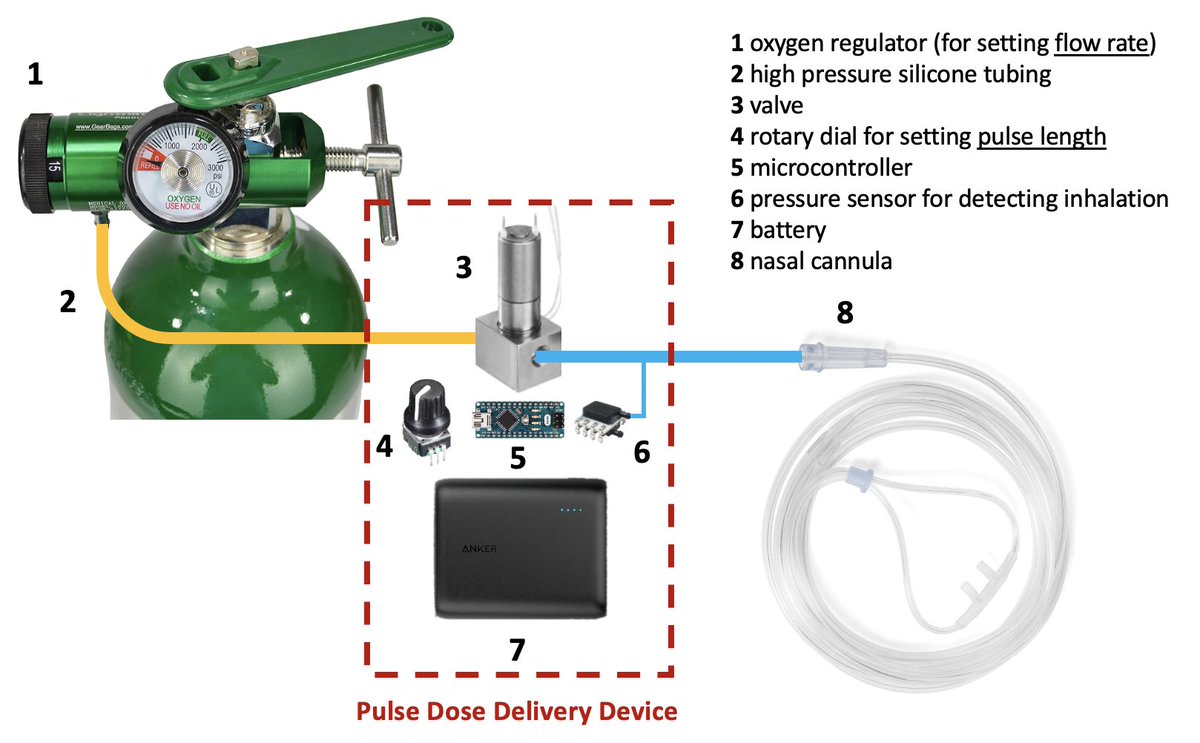

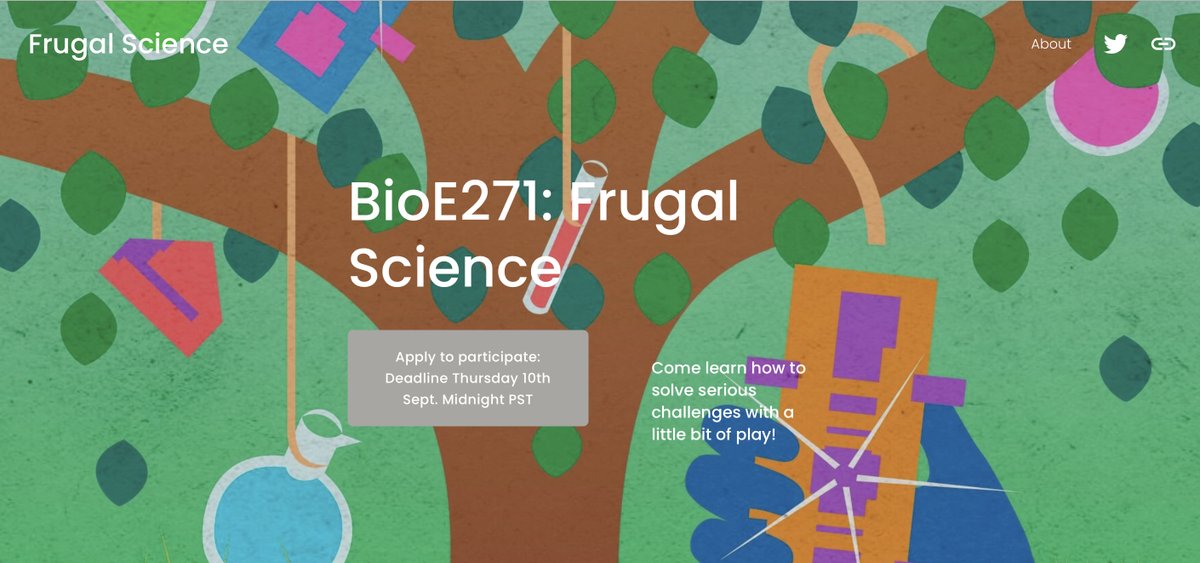
 (2/n)Together we will explore principles of frugal science to design scalable solutions with cost/performance rubric. With examples we will look at imp of fundamental science of everyday building blocks. We will juggle rigors of applied math/physics with creativity of a toy maker
(2/n)Together we will explore principles of frugal science to design scalable solutions with cost/performance rubric. With examples we will look at imp of fundamental science of everyday building blocks. We will juggle rigors of applied math/physics with creativity of a toy maker 


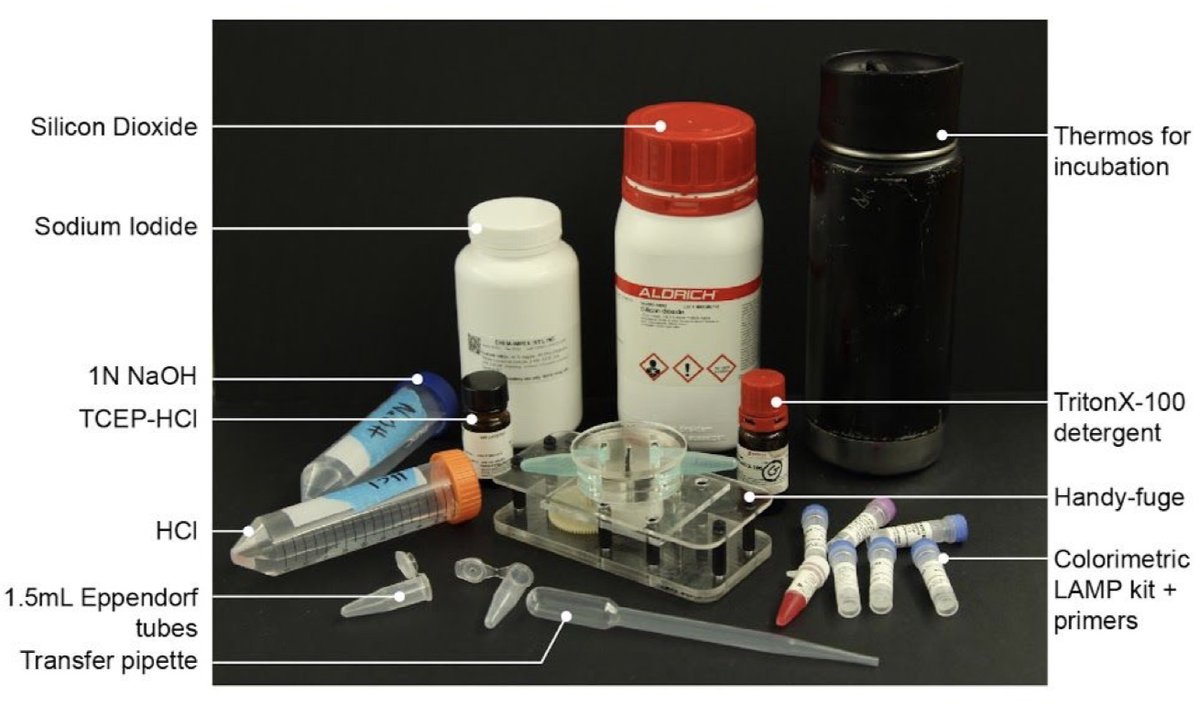

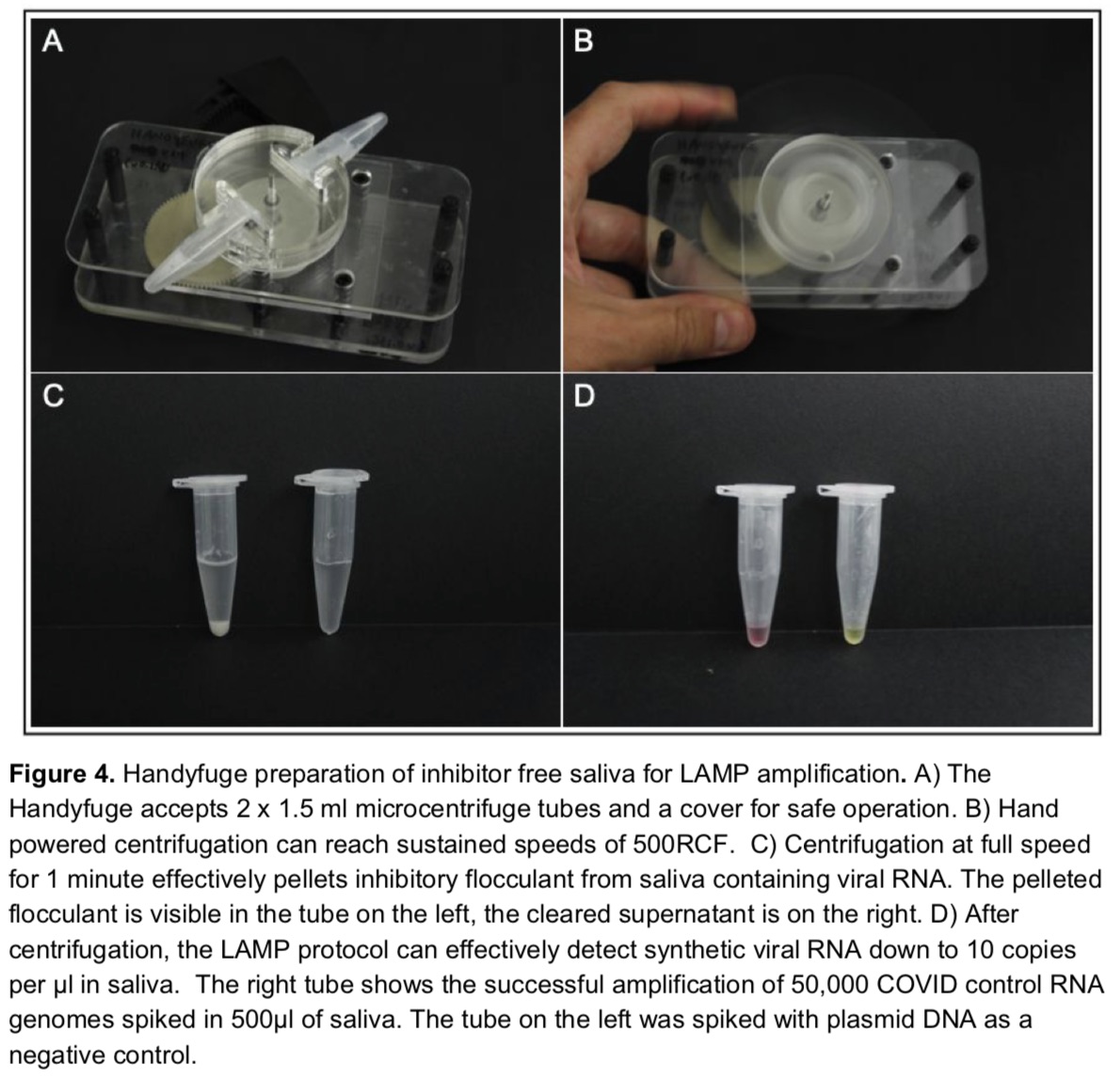
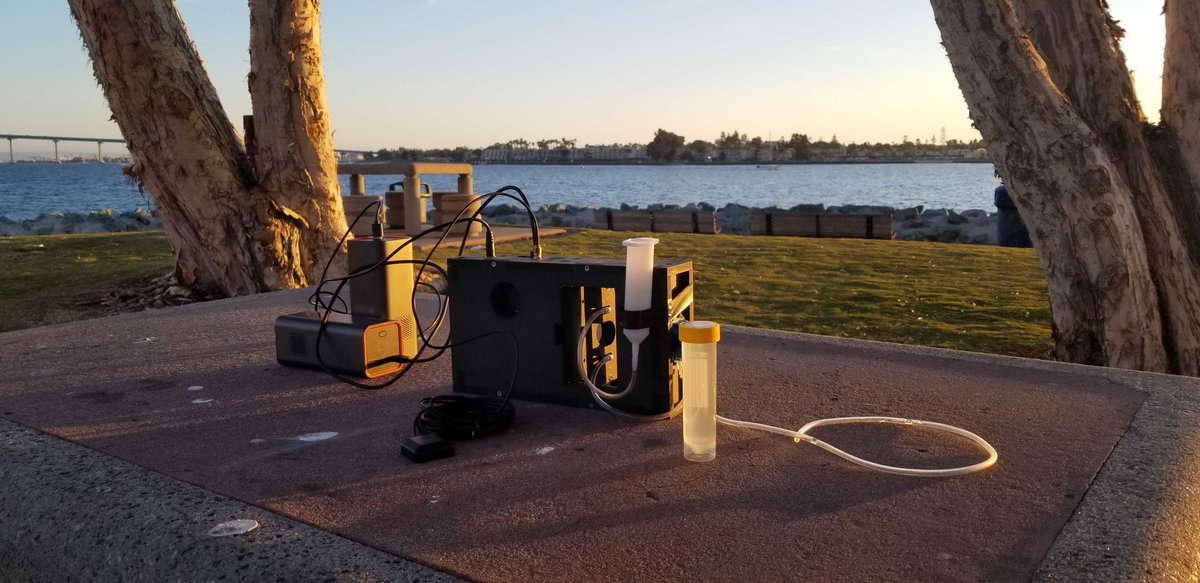

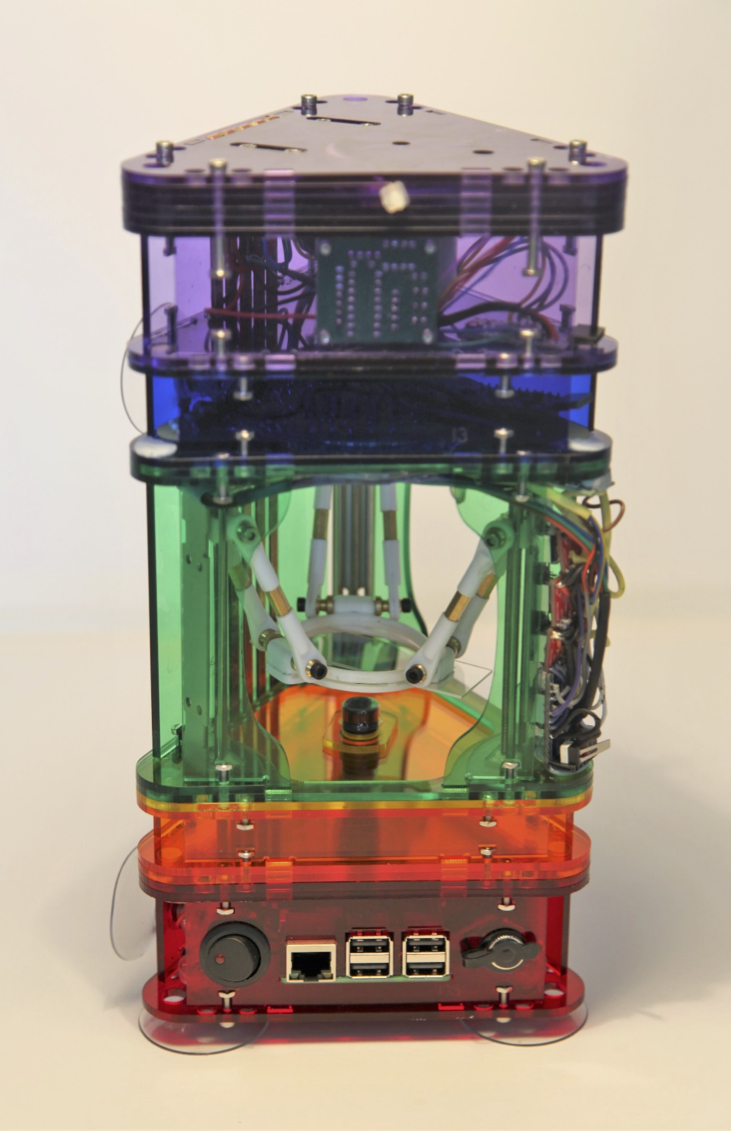 (2/n) Before describing the science/vision and the back story of 'Planktonscope" - it's important to highlight the incredible trio in lab that made this dream come true - led by Thibaut Polina @chevreuil3000, Adam Larson @planktonico & @hongquan_li - merging of art/design/science
(2/n) Before describing the science/vision and the back story of 'Planktonscope" - it's important to highlight the incredible trio in lab that made this dream come true - led by Thibaut Polina @chevreuil3000, Adam Larson @planktonico & @hongquan_li - merging of art/design/science 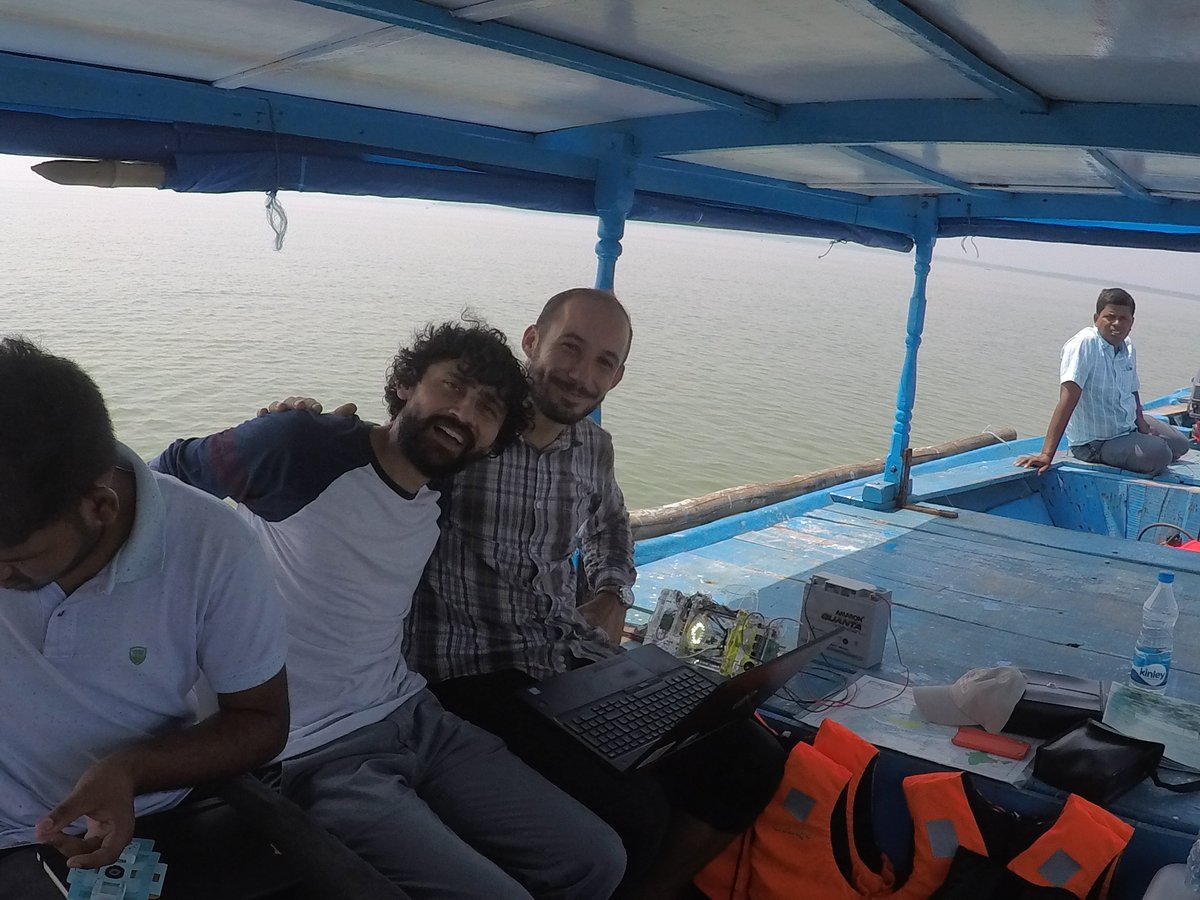
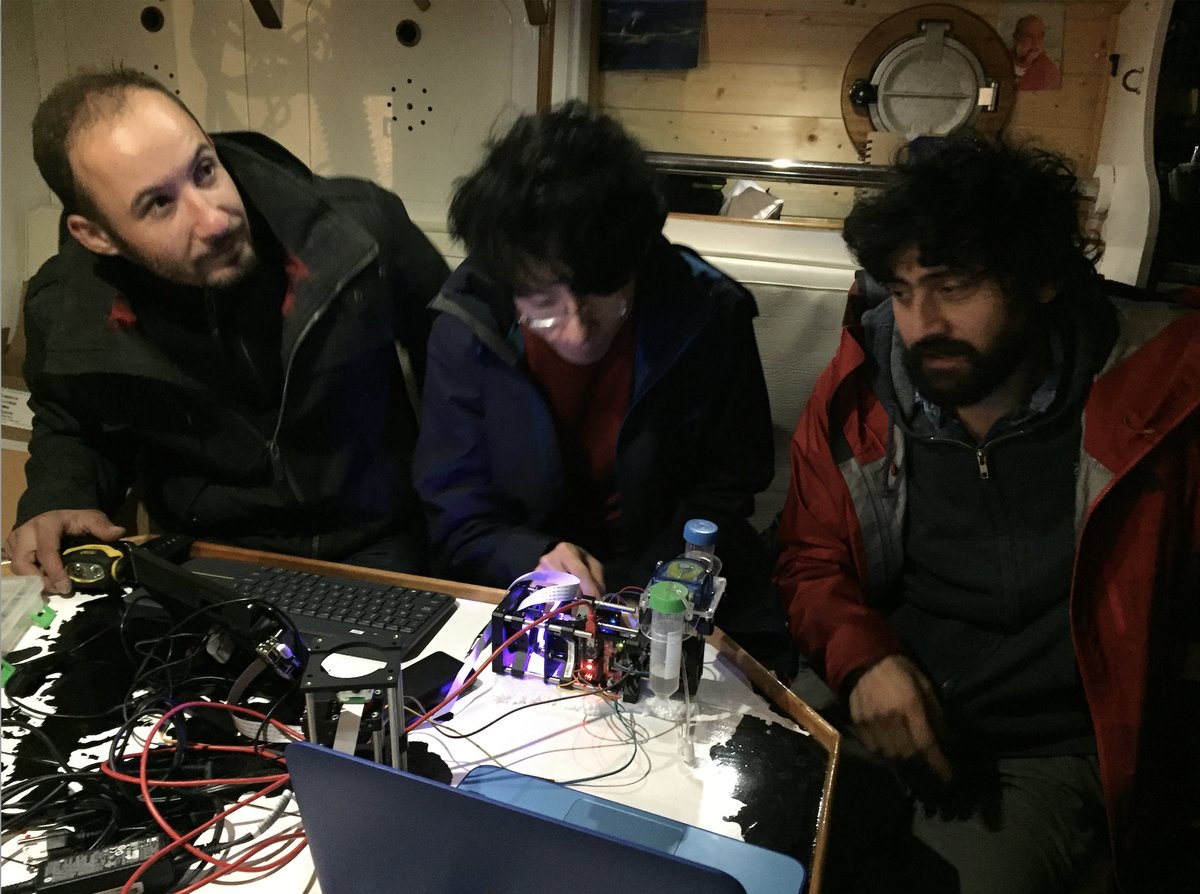
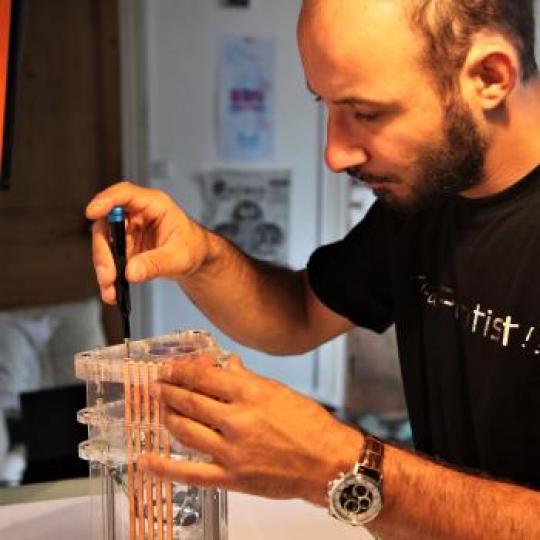
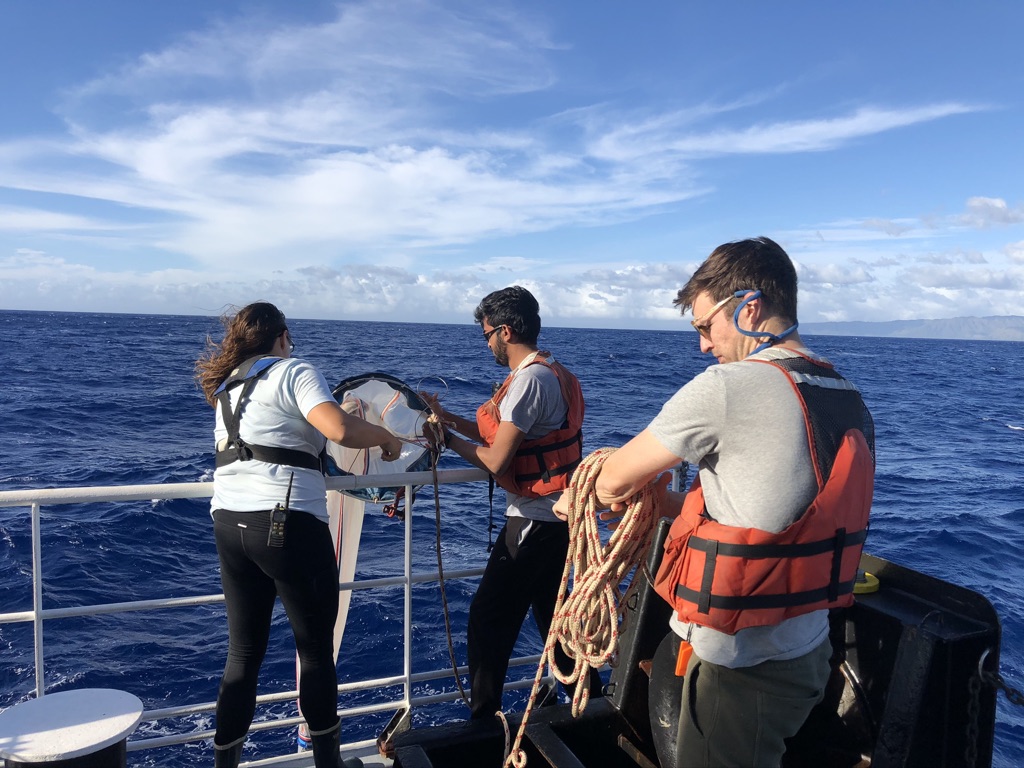
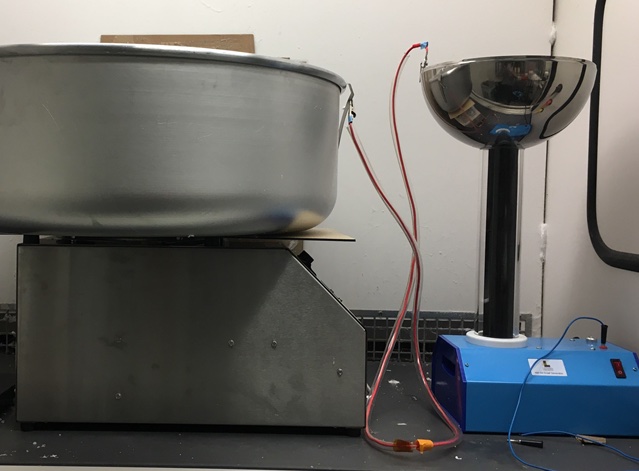

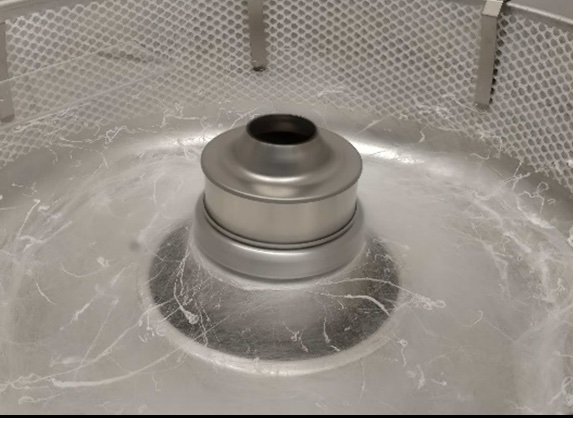
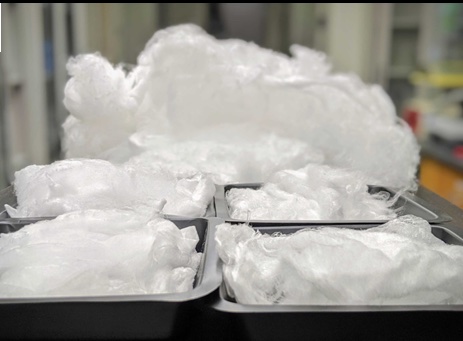 (2/n) Disclaimer: If you have access to an authentic N95 mask, that is the best possible solution. But majority of parts around the world, N95 supplies have never existed. How can we boot-strap and support small scale manufacturing capacity for this critical supply locally?
(2/n) Disclaimer: If you have access to an authentic N95 mask, that is the best possible solution. But majority of parts around the world, N95 supplies have never existed. How can we boot-strap and support small scale manufacturing capacity for this critical supply locally?
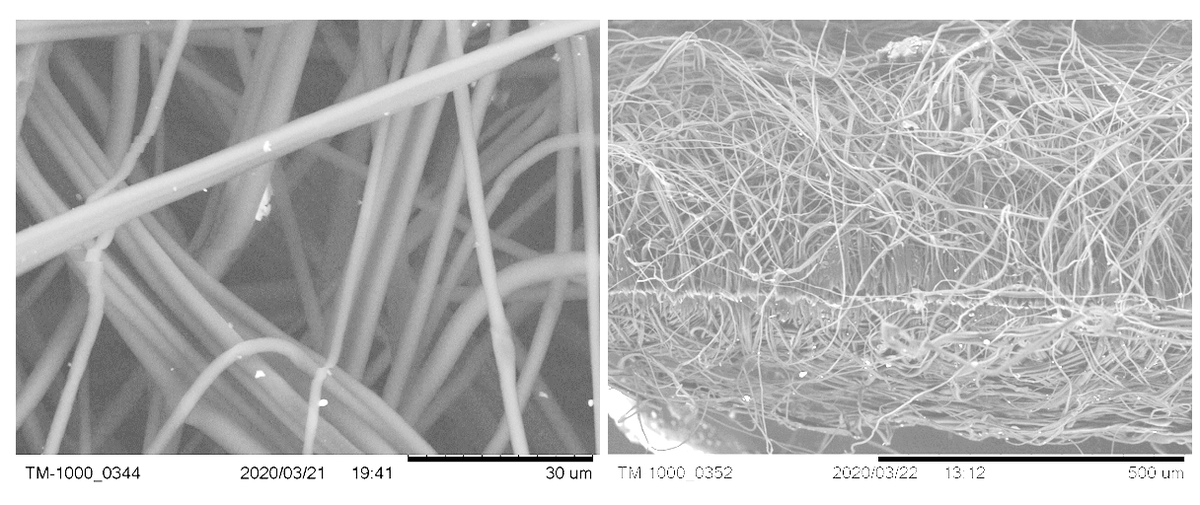

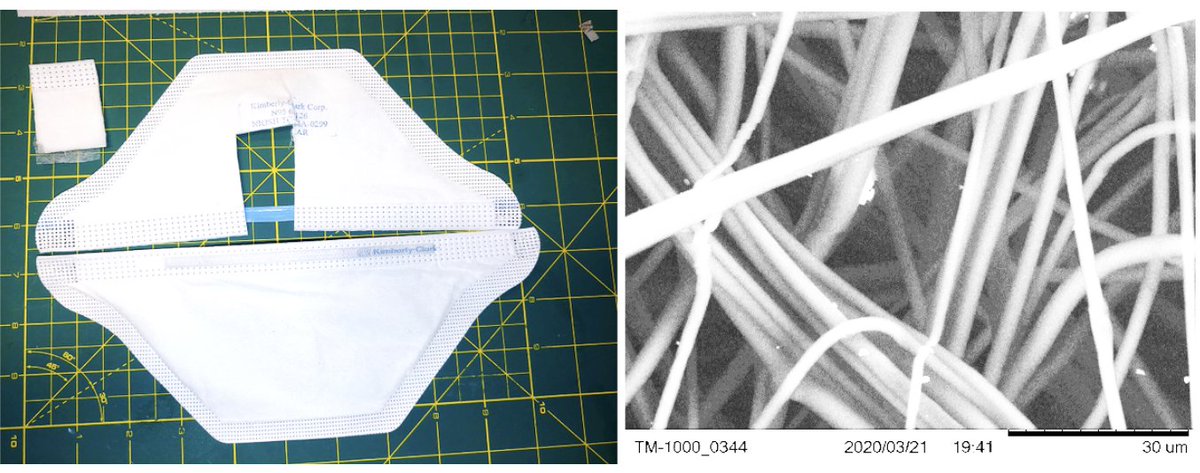 Introducing Project 1000x1000: These are not normal times; we need new solutions. What if (big IF) 1000's of small businesses/fablab's could make specialized nano-materials for roughly 1000 to 10K N95 grade mask/day locally. 1000x1000 is a million mask/day produced locally. (2/n)
Introducing Project 1000x1000: These are not normal times; we need new solutions. What if (big IF) 1000's of small businesses/fablab's could make specialized nano-materials for roughly 1000 to 10K N95 grade mask/day locally. 1000x1000 is a million mask/day produced locally. (2/n)
